Mark Baker
I’m an independent journalist, travel writer and author who’s lived in Central Europe for nearly three decades. I love the history, literature, culture and mystery of this often-overlooked corner of Europe, and I make my living writing articles and guidebooks about the region. Much of what I write eventually finds its way into commercial print or digital outlets, but a lot of it does not.
And that’s my aim with this website: to find a space for stories and experiences that fall outside the publishing mainstream.
My Book: ‘Čas Proměn’
In 2021, I published “Čas Proměn” (“Time of Changes”), my first book of historical nonfiction. The book, written in Czech, is a collection of stories about Central and Eastern Europe in the 1980s and early ‘90s, including memories of the thrilling anti-communist revolutions of 1989. The idea for the book and many of the tales I tell there were directly inspired by this blog. Czech readers, find a link to purchase the book here. I hope you enjoy.
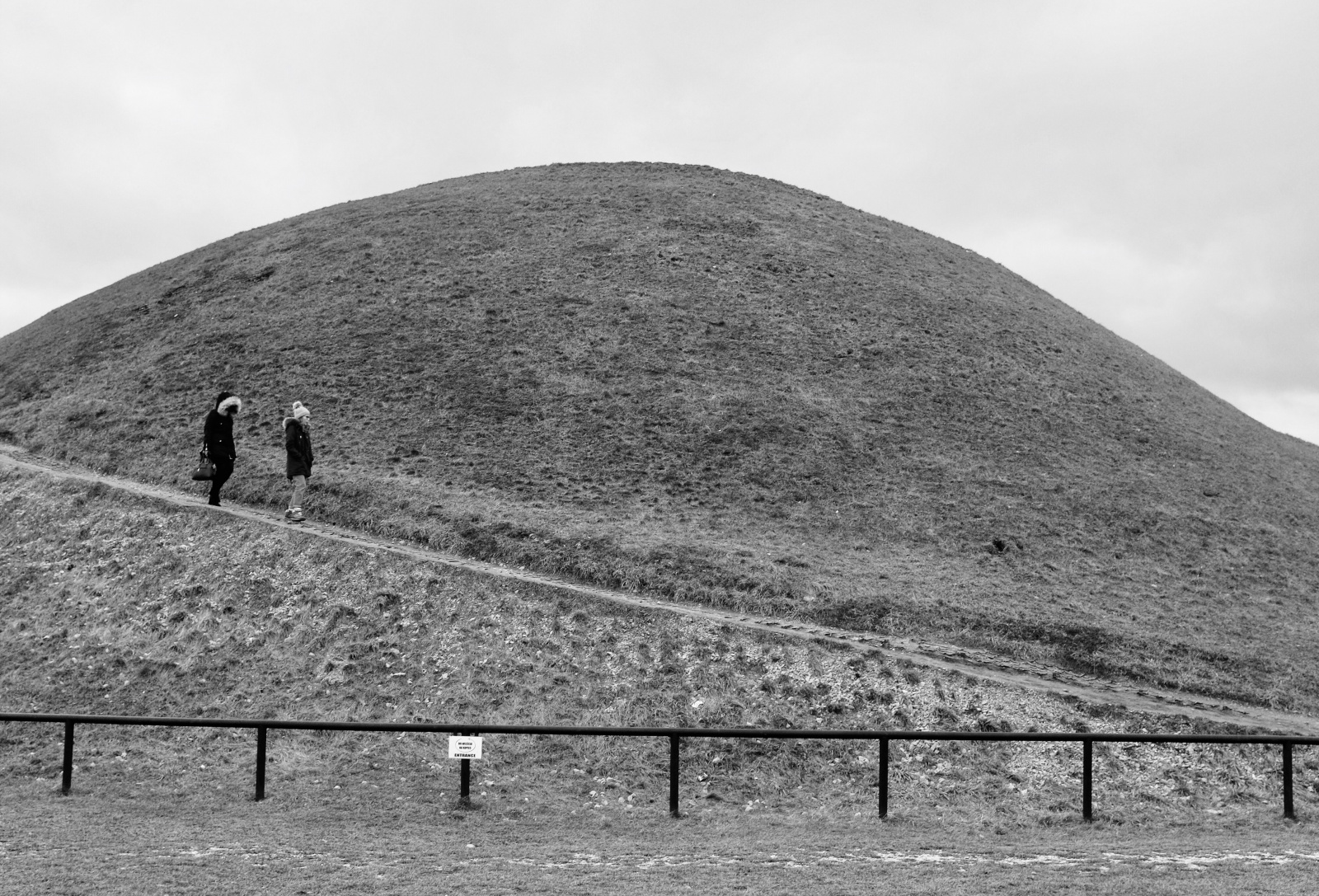
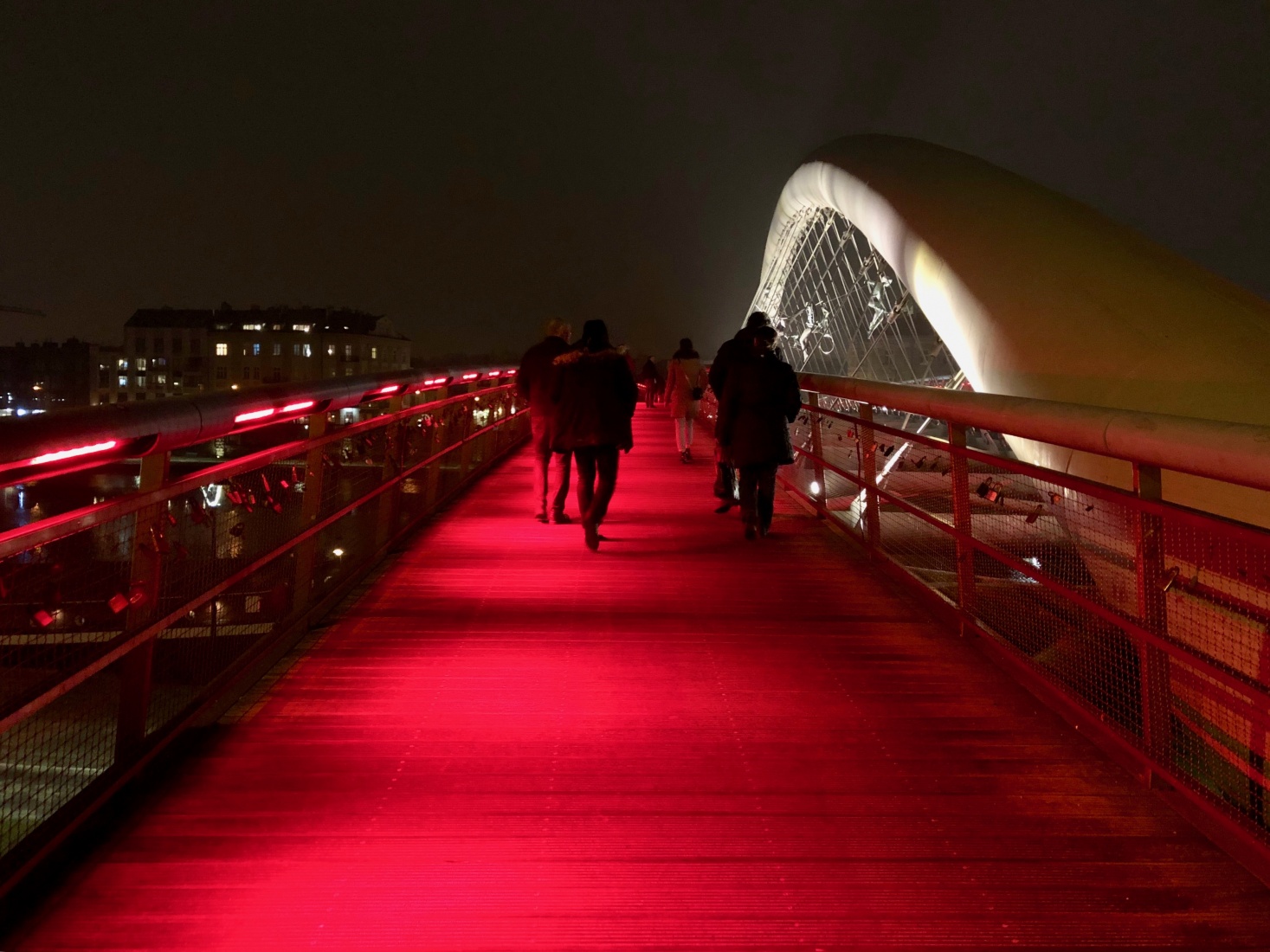
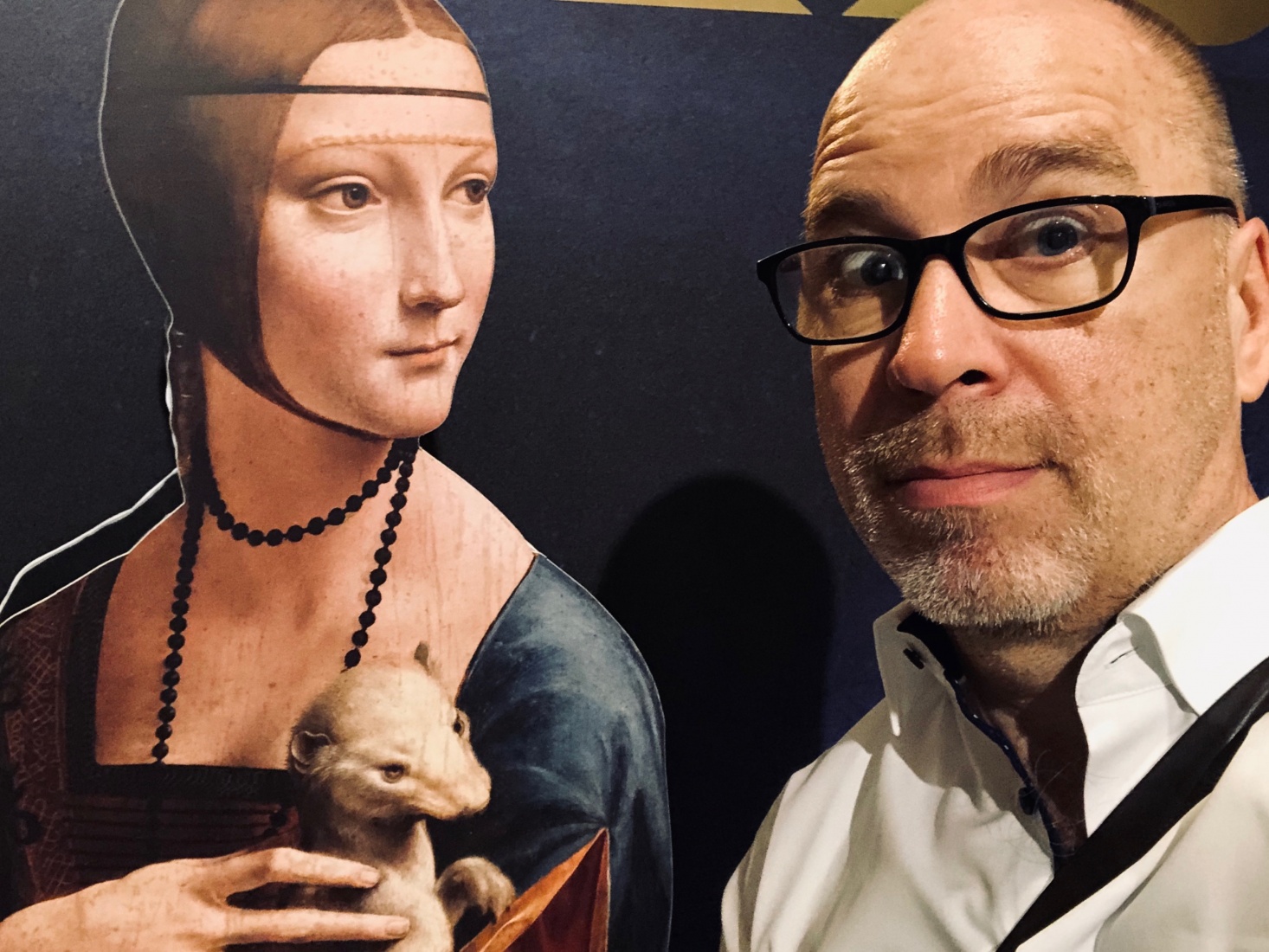
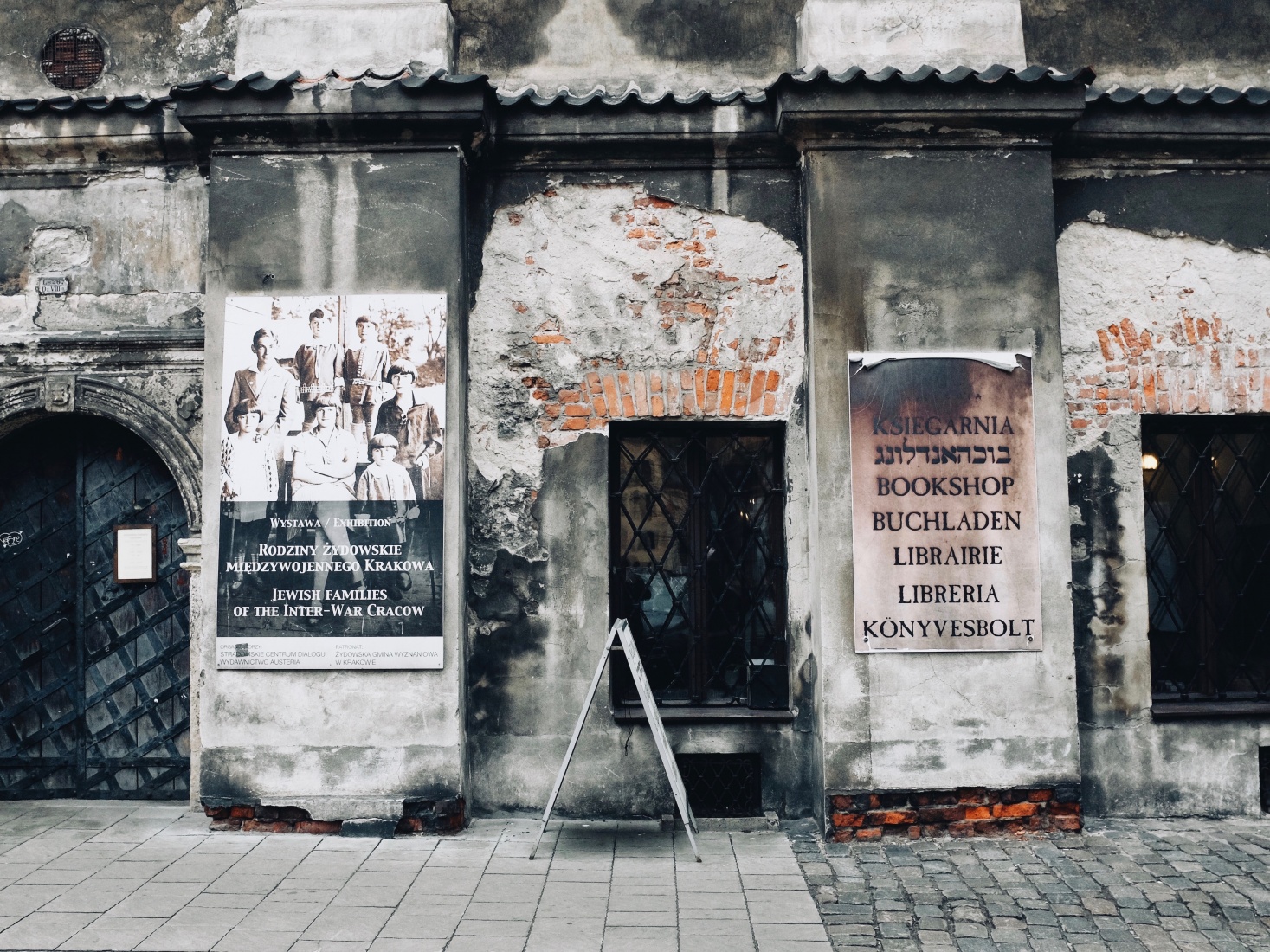
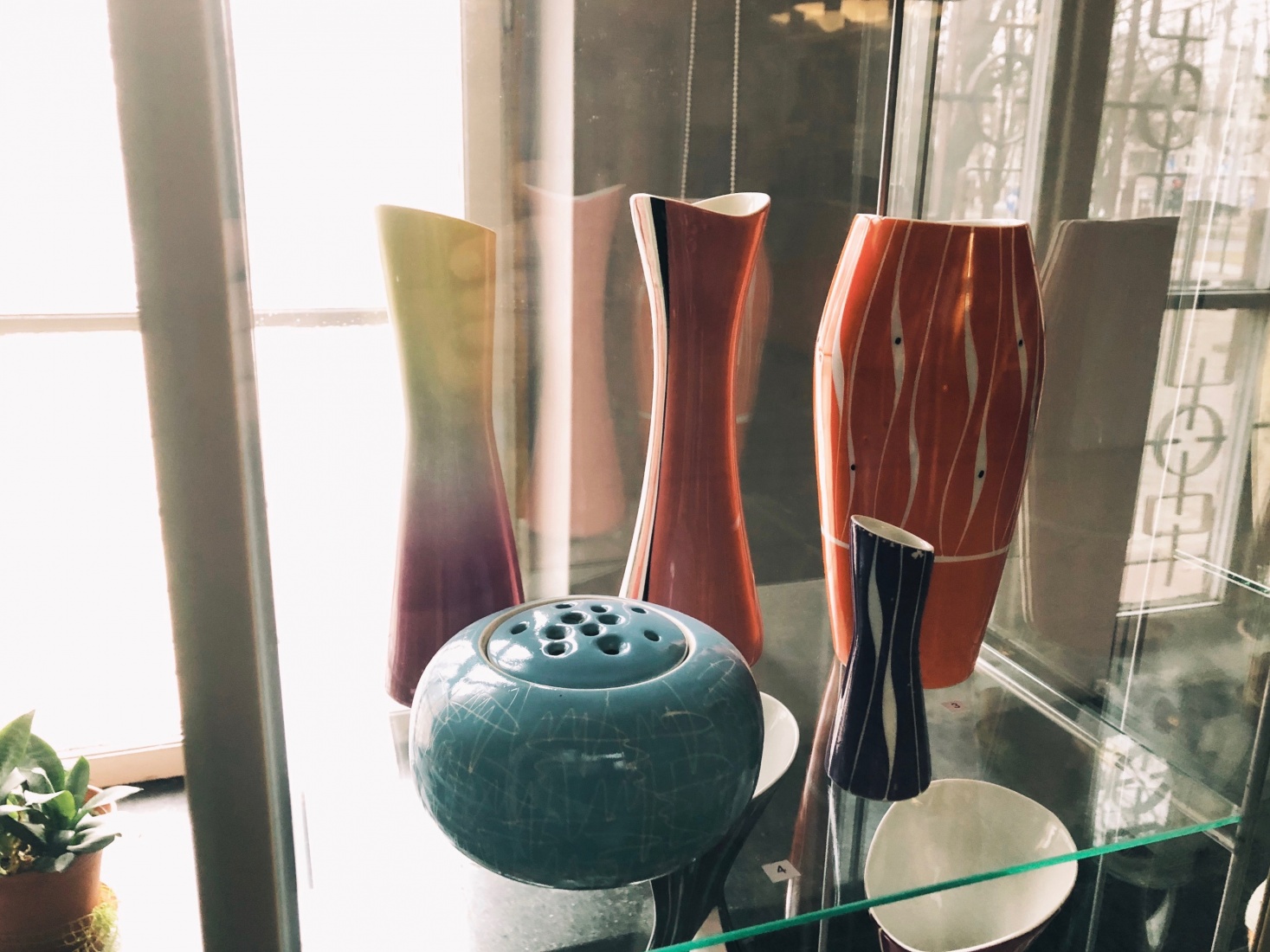
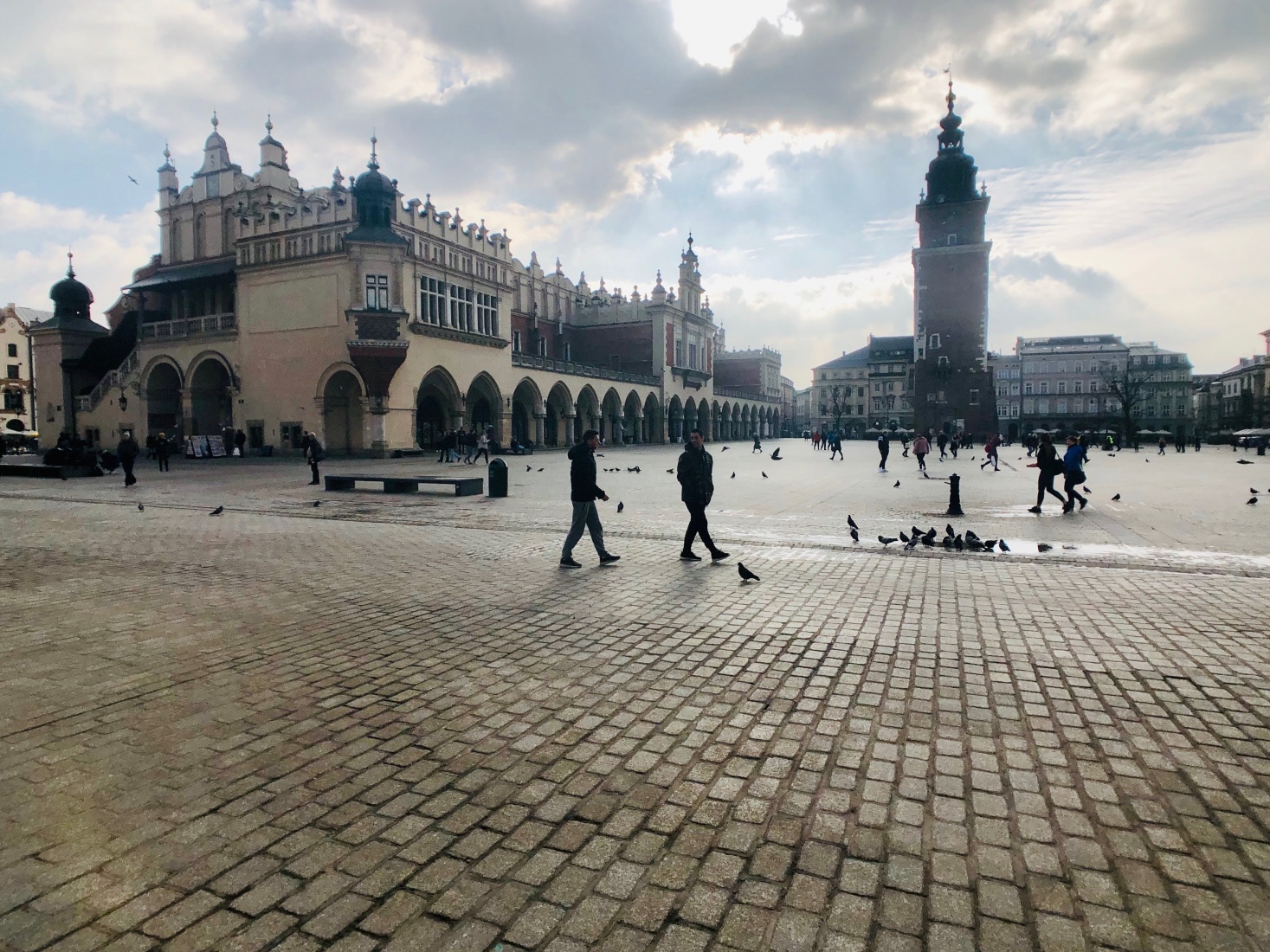

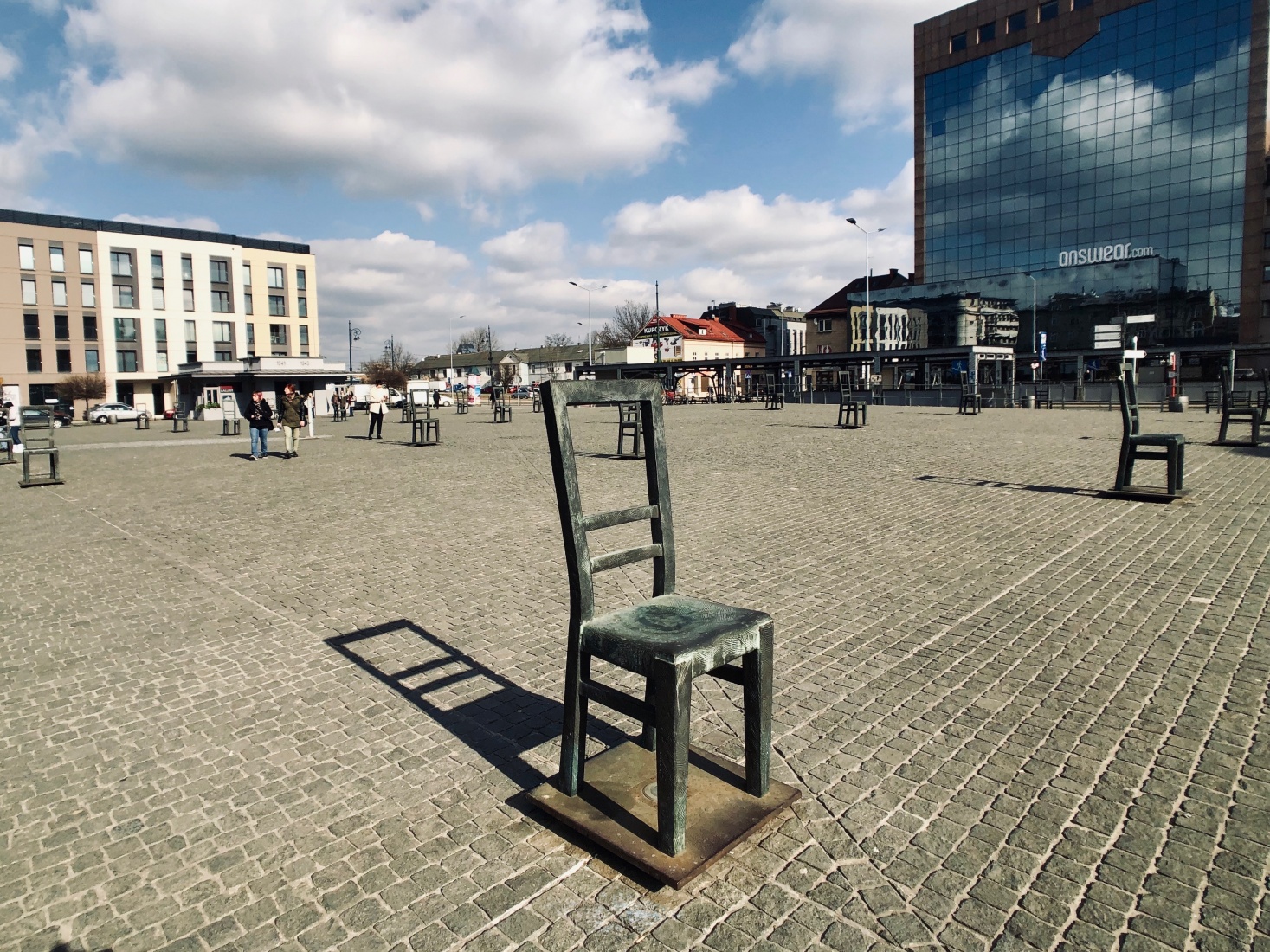
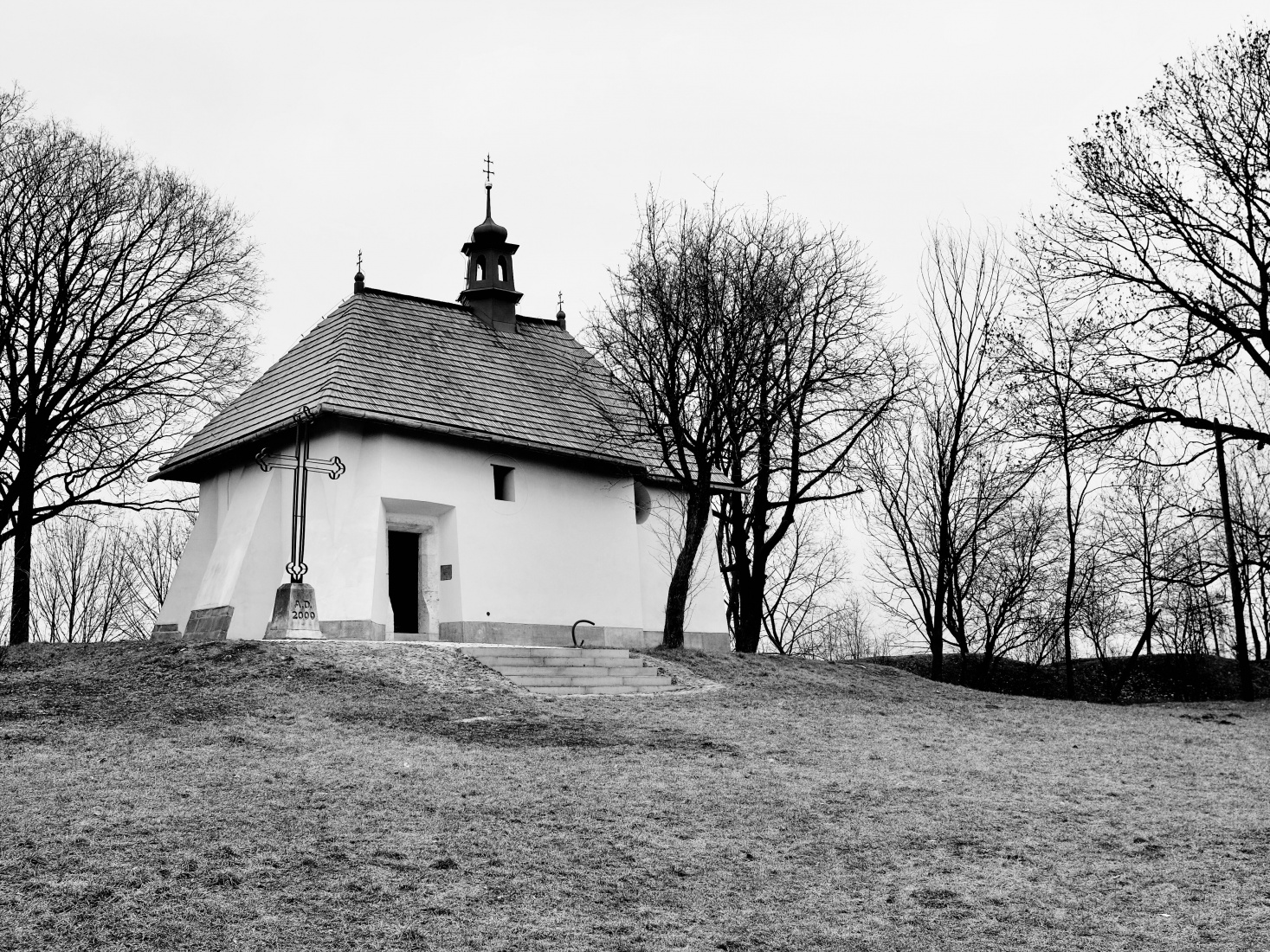
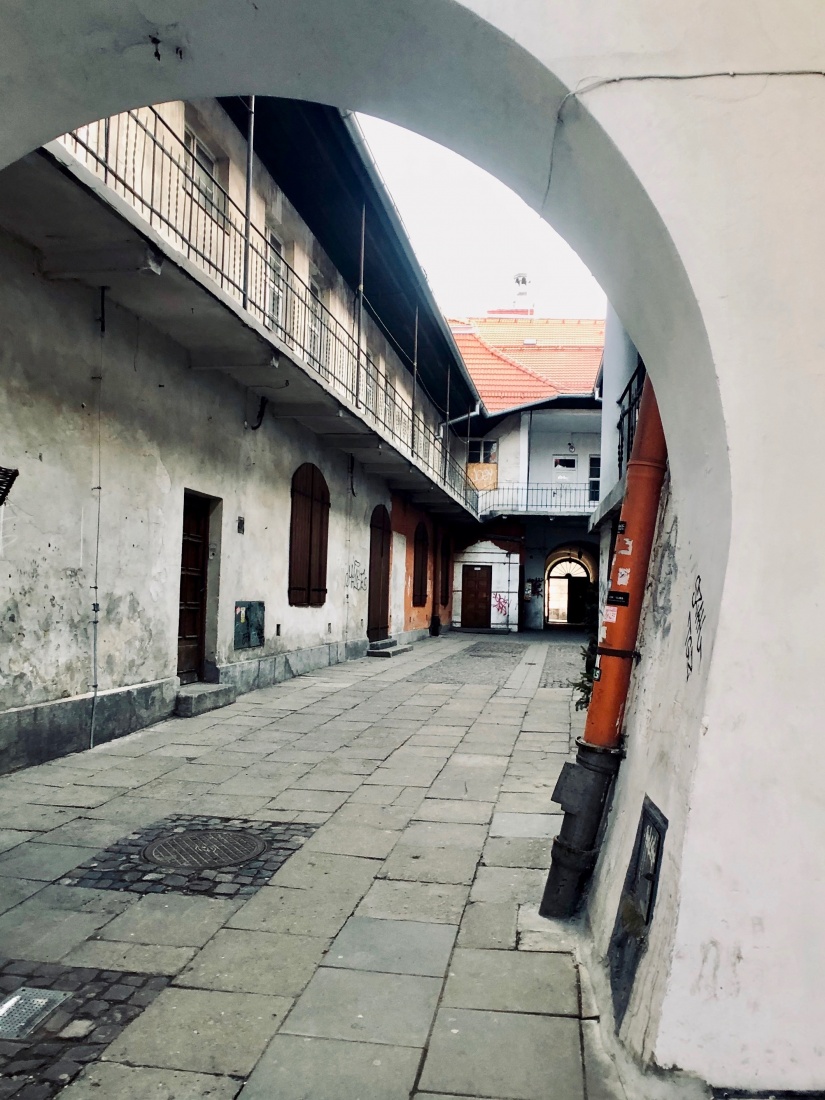
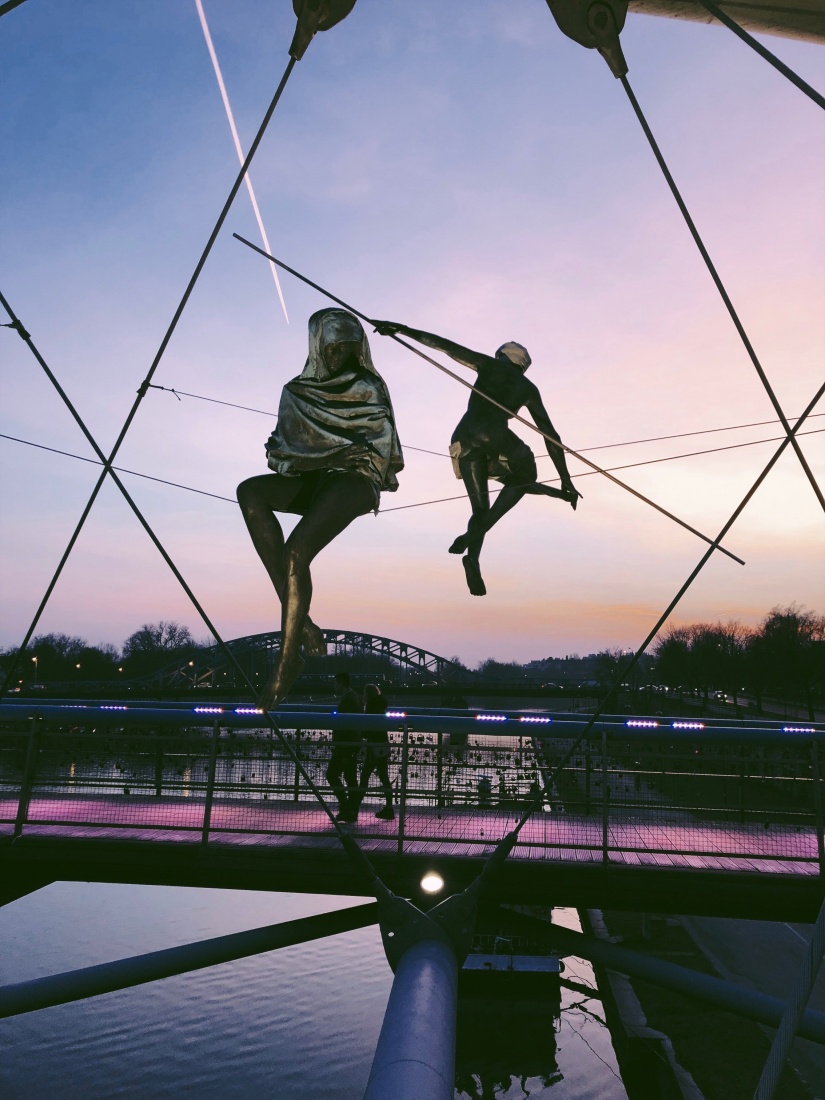
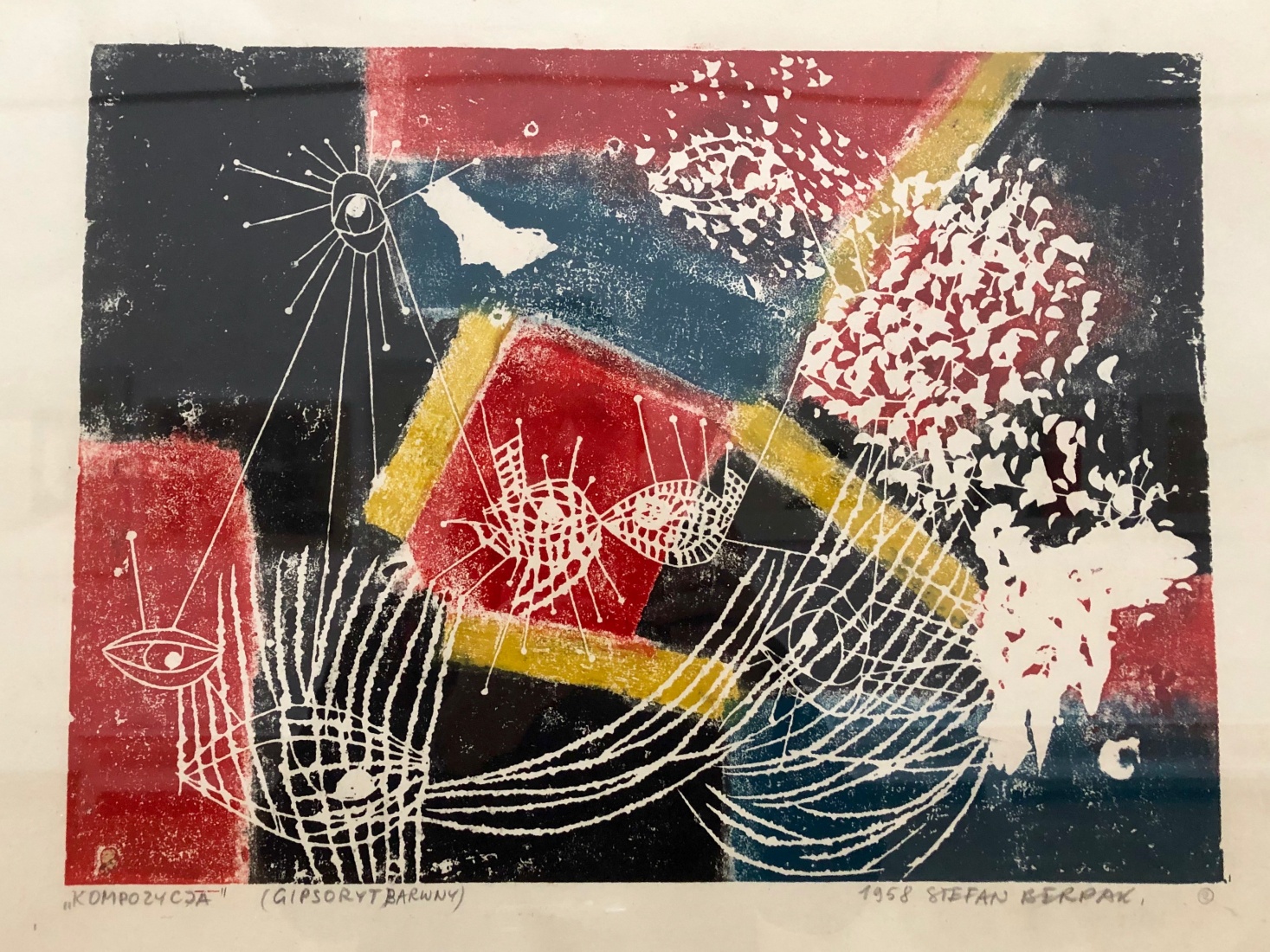
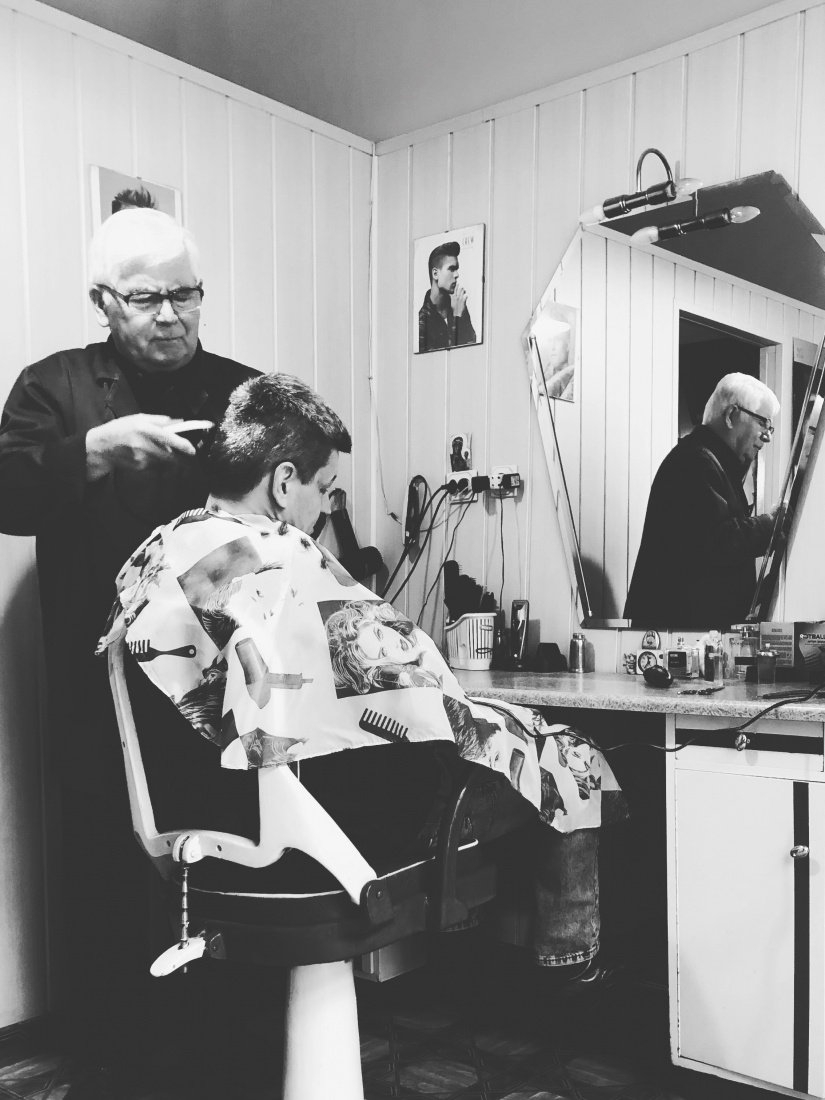

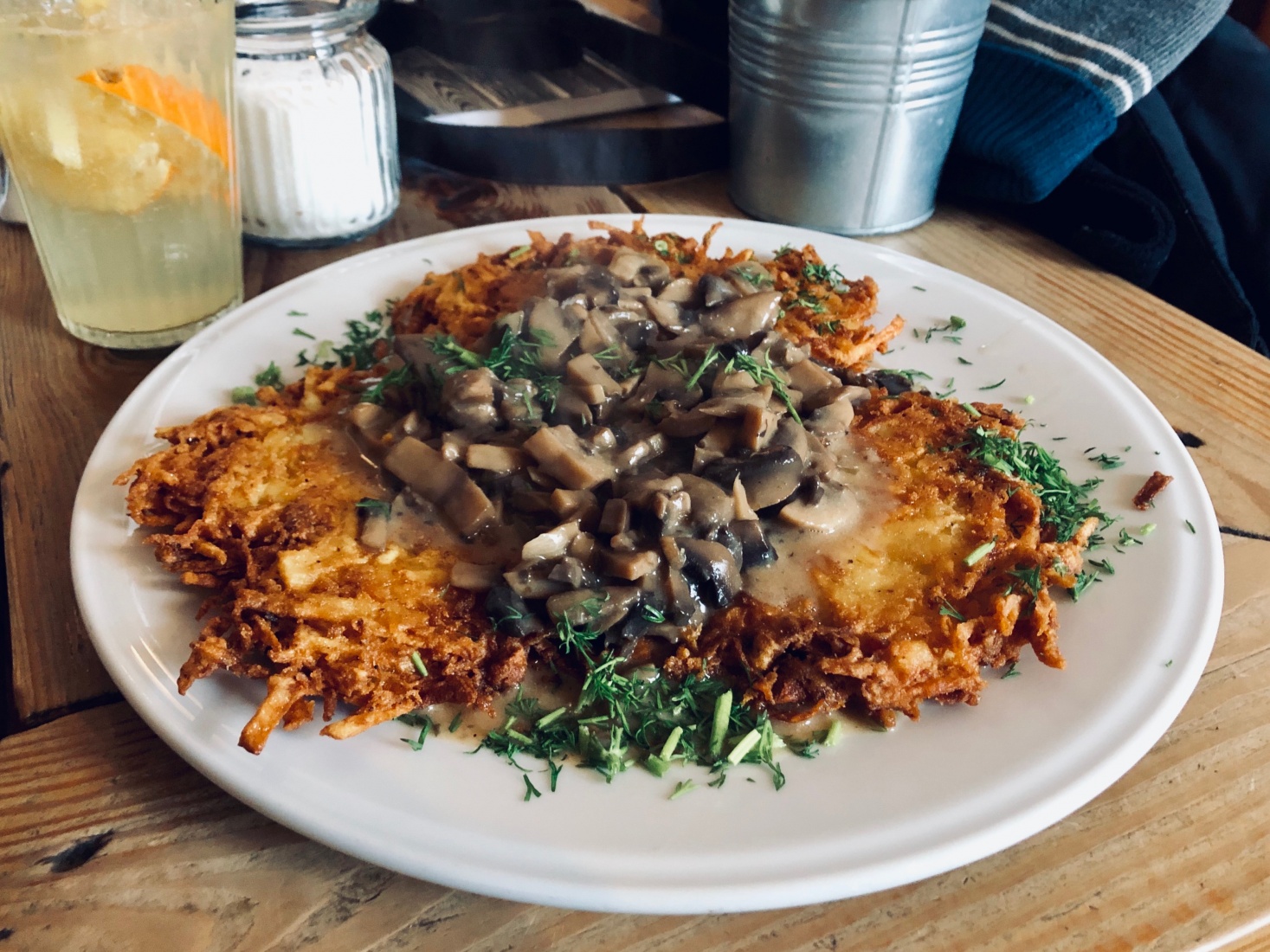
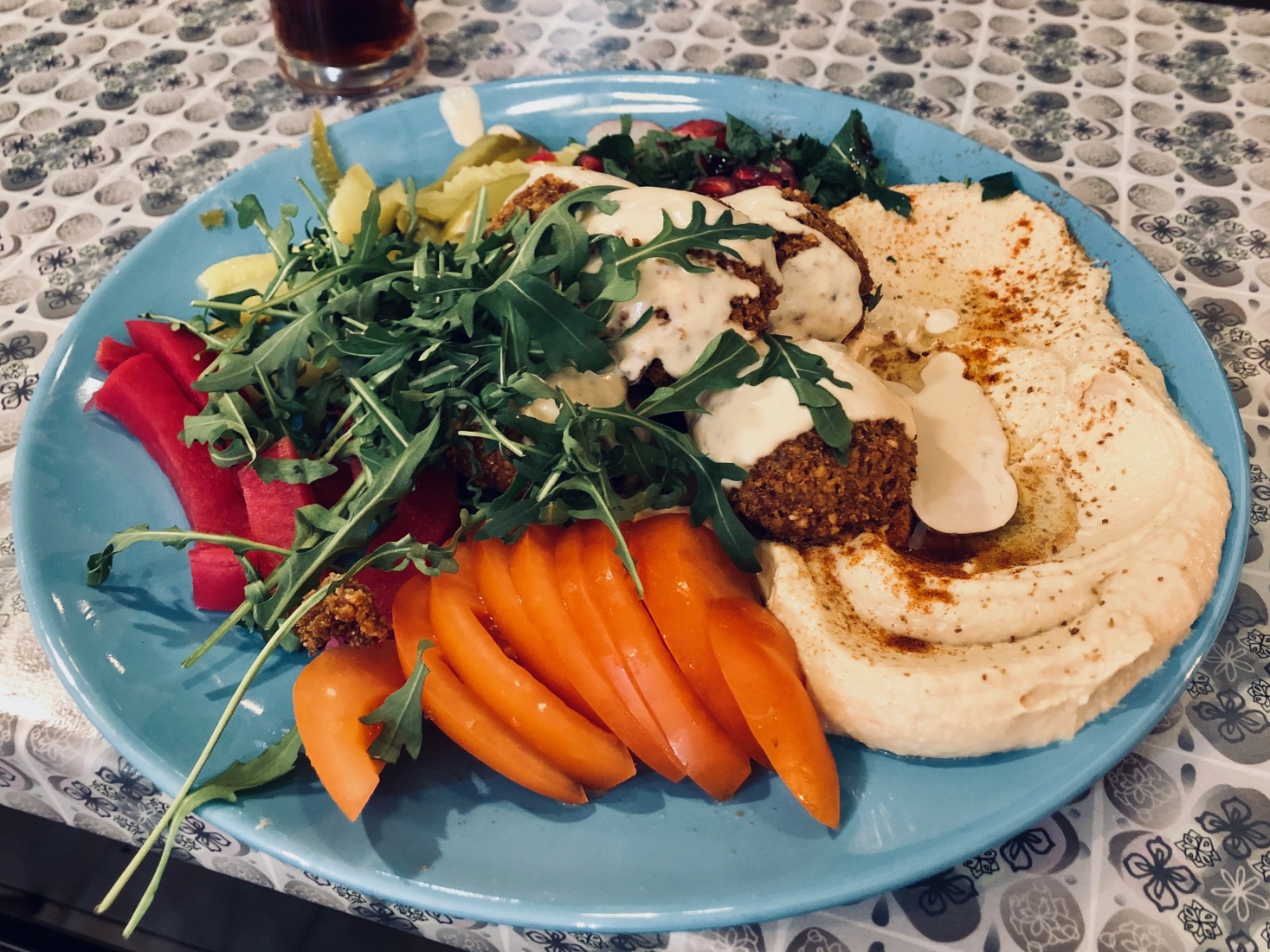

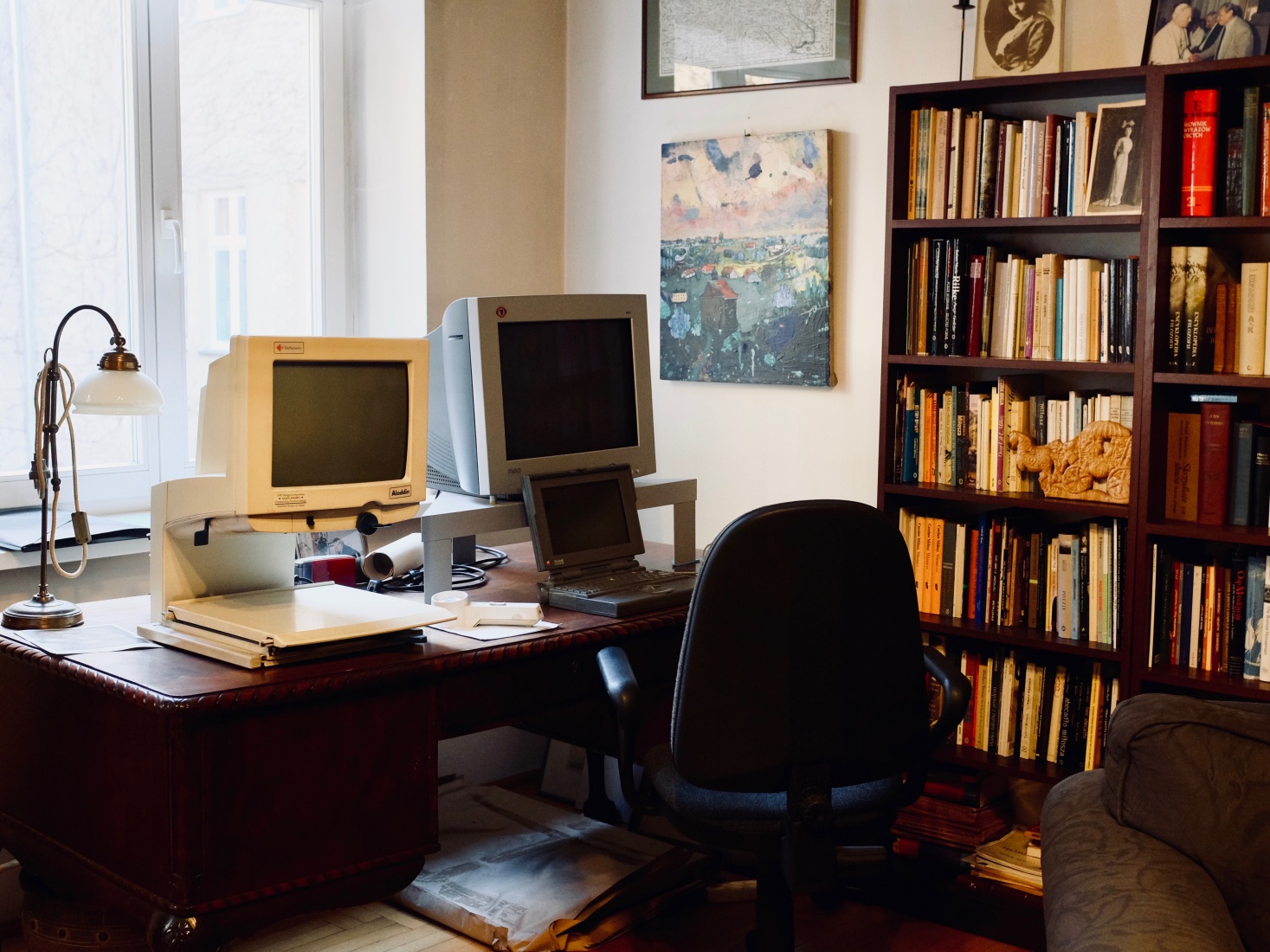
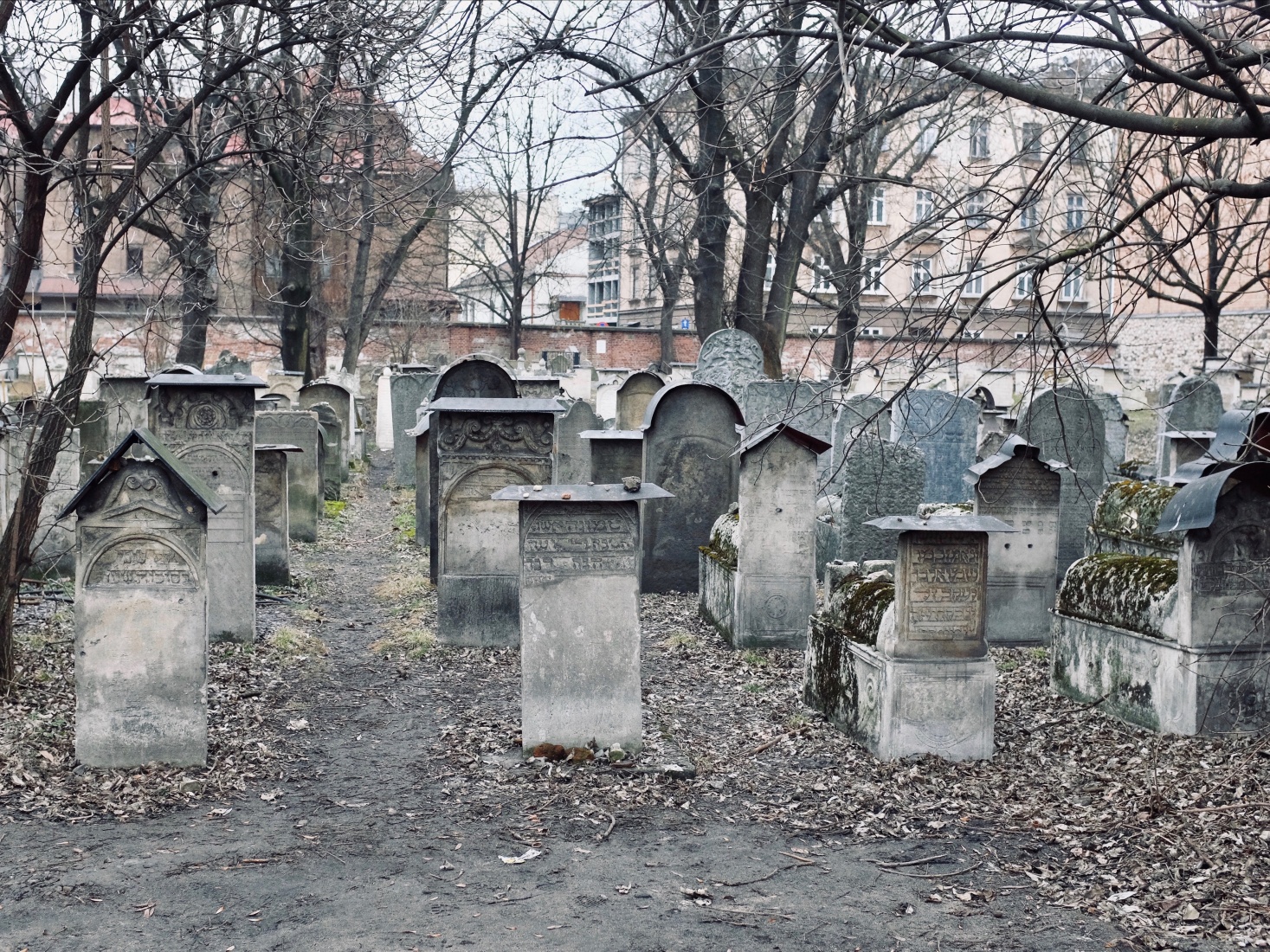
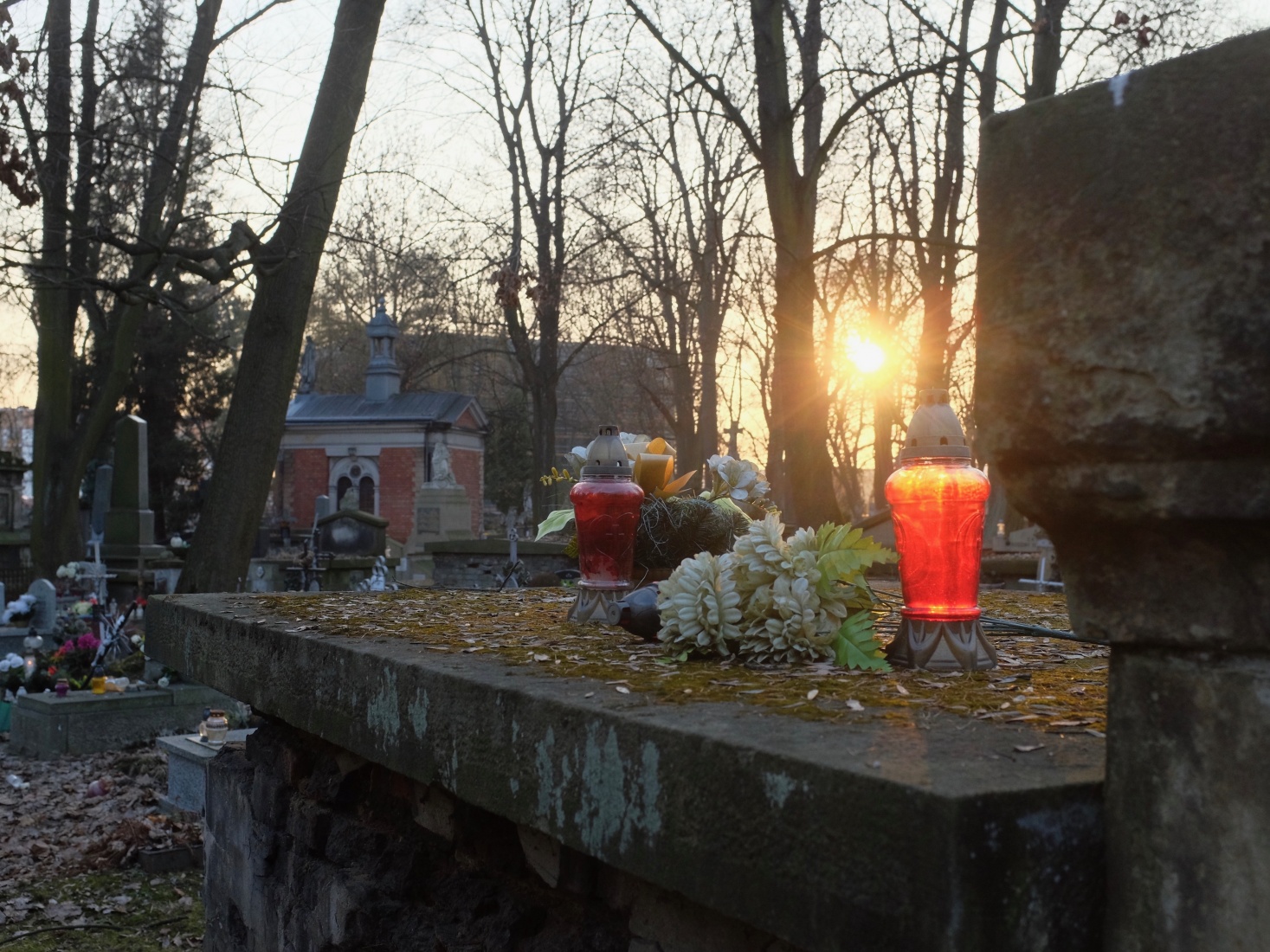
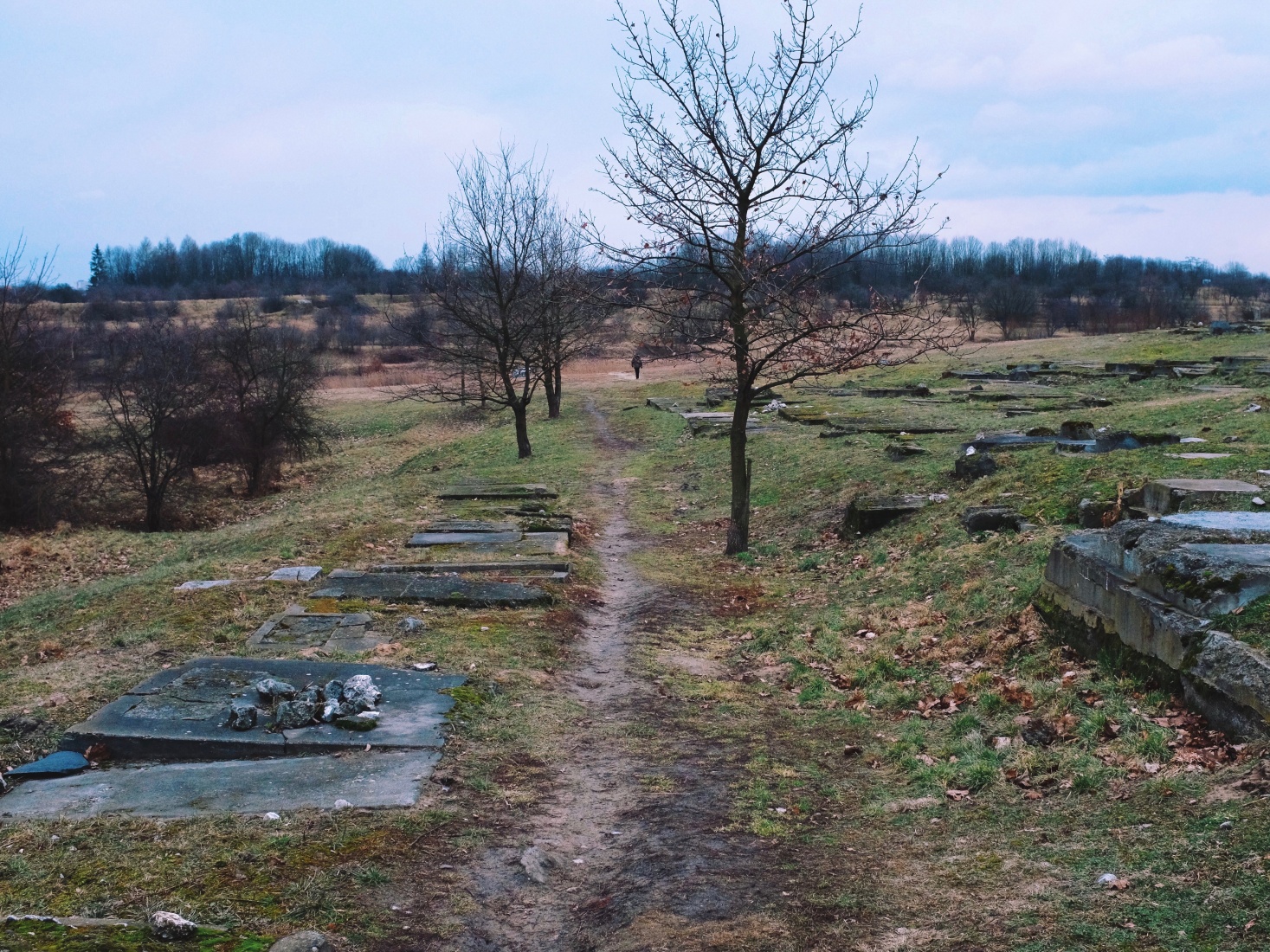
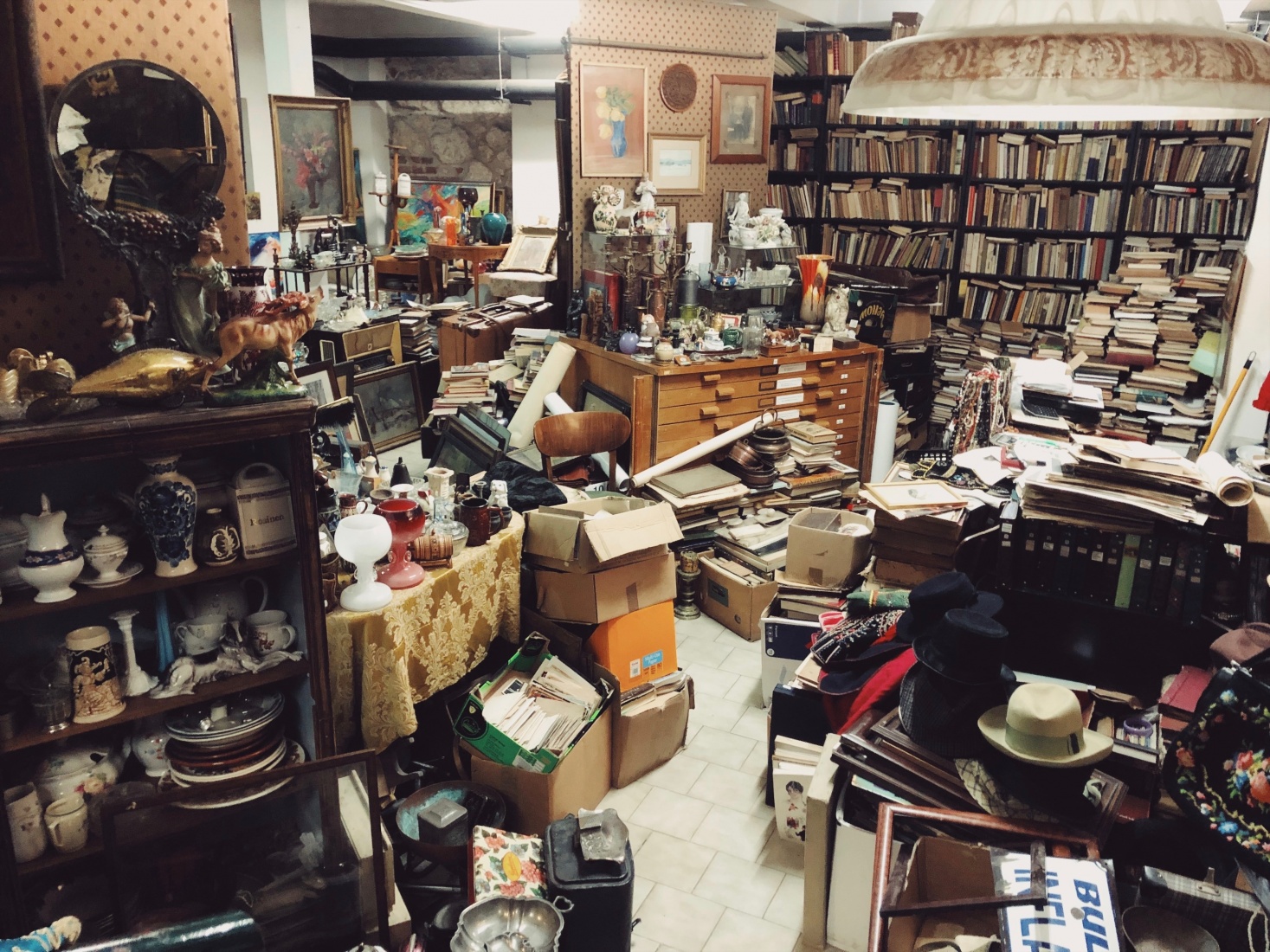
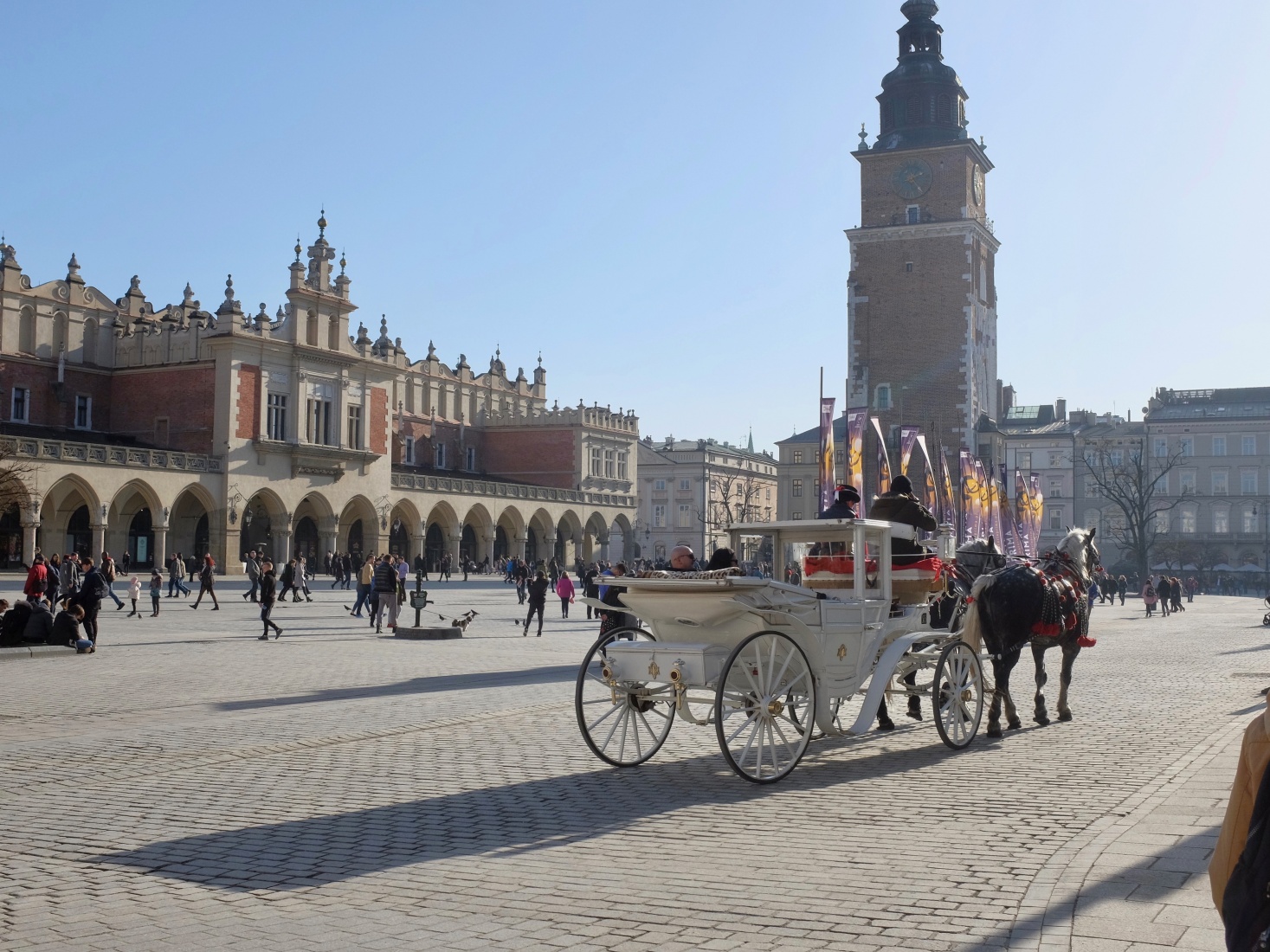
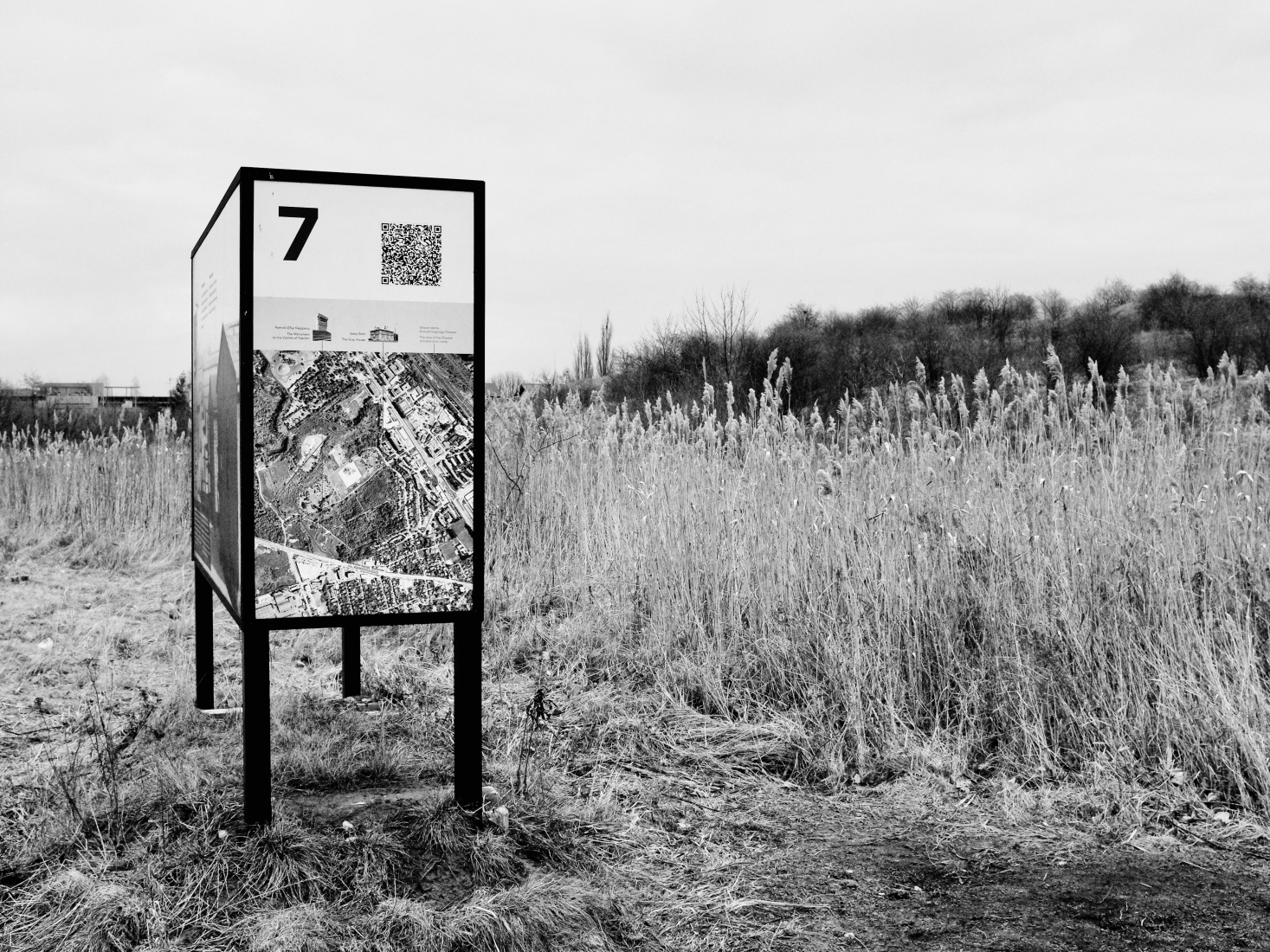
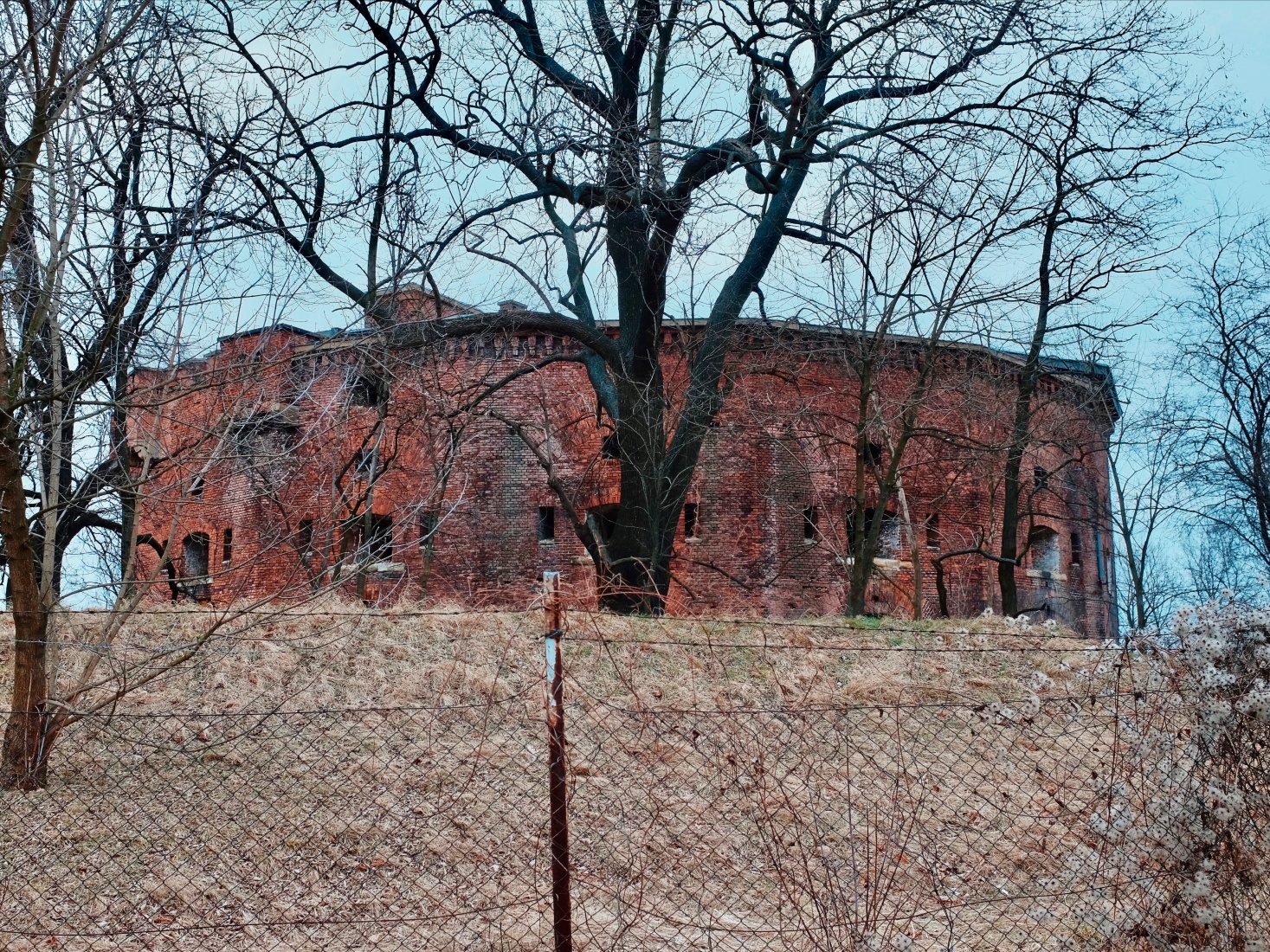

Wonderful photos! Krakow is one of my favorite cities anywhere, and this post makes me so eager to return for another visit. (After your new Pocket Guide comes out, of course.)
Thank you, Summer. Give me a head’s up before you go and maybe I can point you toward some good food and drink!
Really enjoyed your photo diary! Such fascinating little spots I’d wager hardly any foreigners know about. Makes me regret cancelling a Krakow visit last year (and making me vow to plan one for next year or sooner).
Hi Cynthia, thank you for reading and leaving a comment! Why did you cancel Krakow?? 🙂
Fantastic photos and commentary, Mark! Thank you. Makes me want to plan a Krakow tour with family. I was there once years ago on a work trip but haven’t managed to get back again. Emily
Thank you for reading and leaving a comment! I really appreciate it. Please let me know if you guys do decide to do a family trip. Mark
Gorgeous pictures! I need to return to Krakow to find some of the places you photographed. I also need to find that hummus joint.